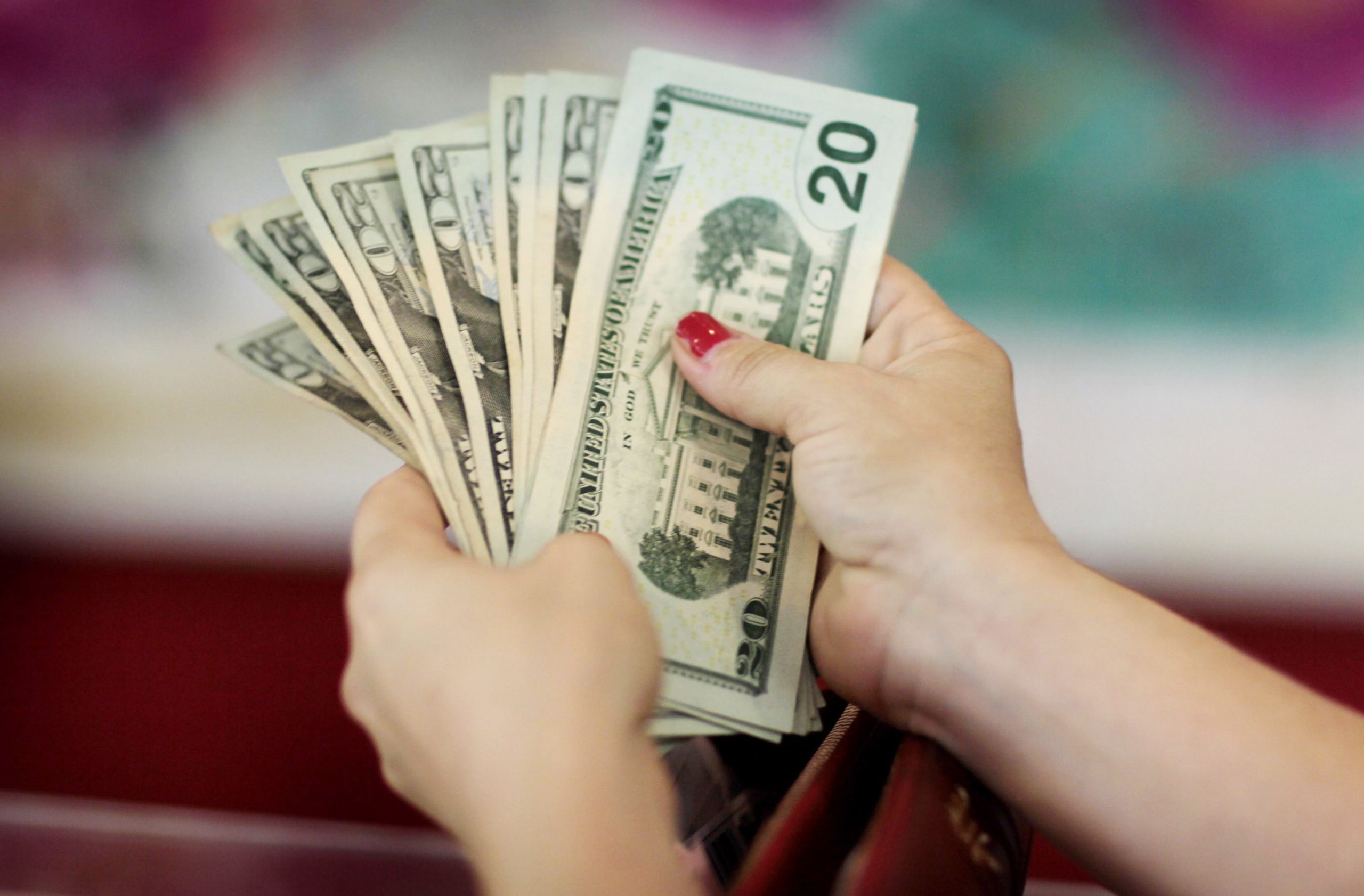U.S. consumer spending increased moderately in May and prices rose slightly, pointing to slowing economic growth and benign inflation pressures, which could give the Federal Reserve more ammunition to cut interest rates next month.
The Commerce Department said on Friday consumer spending, which accounts for more than two-thirds of U.S. economic activity, rose 0.4% as households boosted purchases of motor vehicles and spent more at restaurants and on hotel accommodation.
Data for April was revised up to show consumer spending advancing 0.6% instead of the previously reported 0.3% gain. Economists polled by Reuters had forecast consumer spending would rise 0.4% last month.
Consumer prices as measured by the personal consumption expenditures (PCE) price index rose 0.2% last month as a rebound in food prices was tempered by moderate gains in the cost of other goods. The PCE price index increased 0.3% in April.
In the 12 months through May, the PCE price index increased 1.5%, slowing from April’s 1.6% increase.
Excluding the volatile food and energy components, the PCE price index climbed 0.2% last month after a similar gain in April. In the 12 months through May, the so-called core PCE price index increased 1.6%, matching April’s rise.
The core PCE index is the Fed’s preferred inflation measure and has undershot the U.S. central bank’s 2% target this year. The Fed last week signaled rate cuts as early as July, citing low inflation, as well as growing risks to the economy from an escalation in trade tensions between the United States and China.
The central bank downgraded its inflation projection for 2019 to 1.5% from 1.8% in March. Fed Chairman Jerome Powell dropped his description of weak inflation as “transient.”
When adjusted for inflation, consumer spending rose 0.2% in May. This so-called real consumer spending increased by the same margin in April. The increase in real spending in the last two months suggested consumer spending was struggling to accelerate after slowing in the first quarter.
Consumers spending increased at a 0.9% annualized rate in the first quarter, the slowest in a year. The overall economy grew at a 3.1% rate last quarter, boosted by exports, an accumulation of inventory and government spending on highways and defense.
Last month, spending on goods increased 0.5%, with outlays on long-lasting manufactured goods such as motor vehicles surging 1.7%. Spending on services gained 0.4%.
Consumer spending in May was supported by a 0.5% rise in personal income, which matched April’s increase. Wages gained 0.2%. Savings rose to $985.4 billion from $975.0 billion in April.


 Signal2forex.com - Best Forex robots and signals
Signal2forex.com - Best Forex robots and signals




